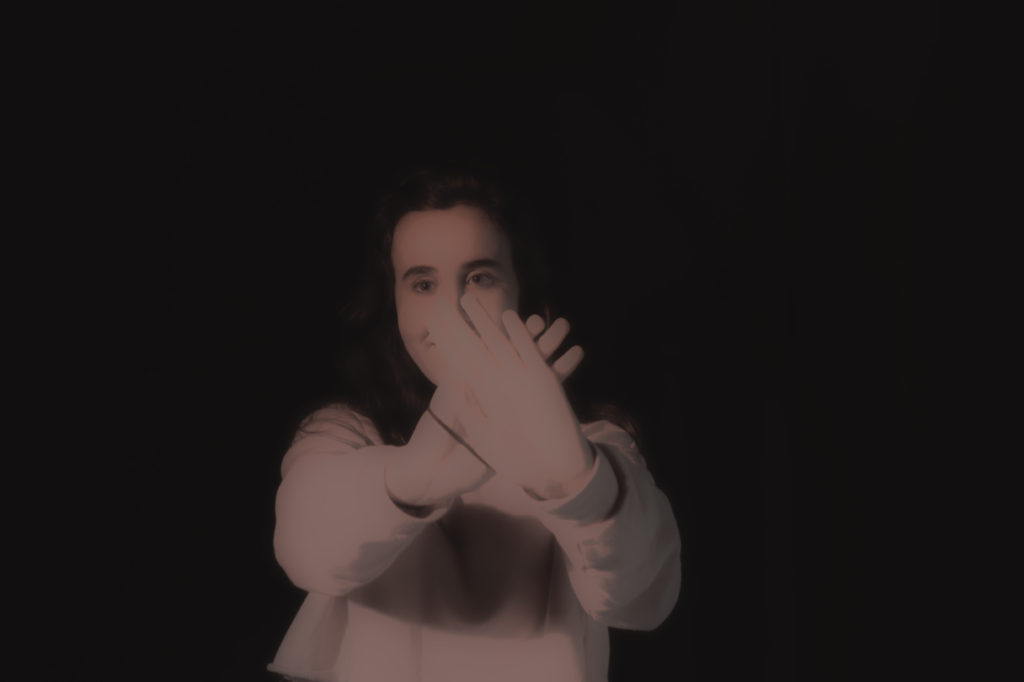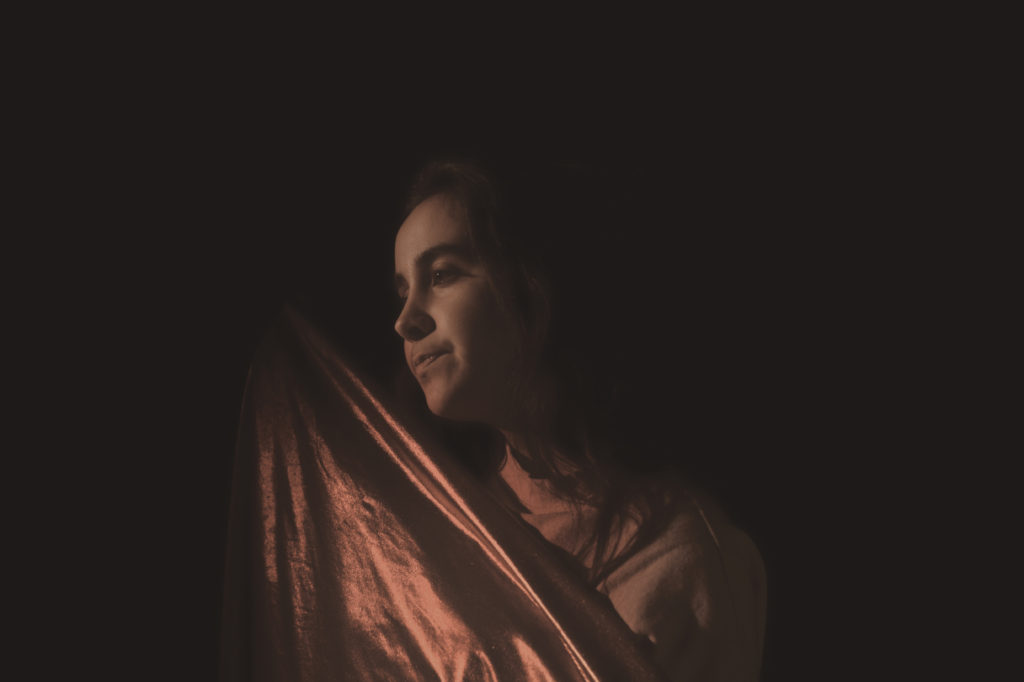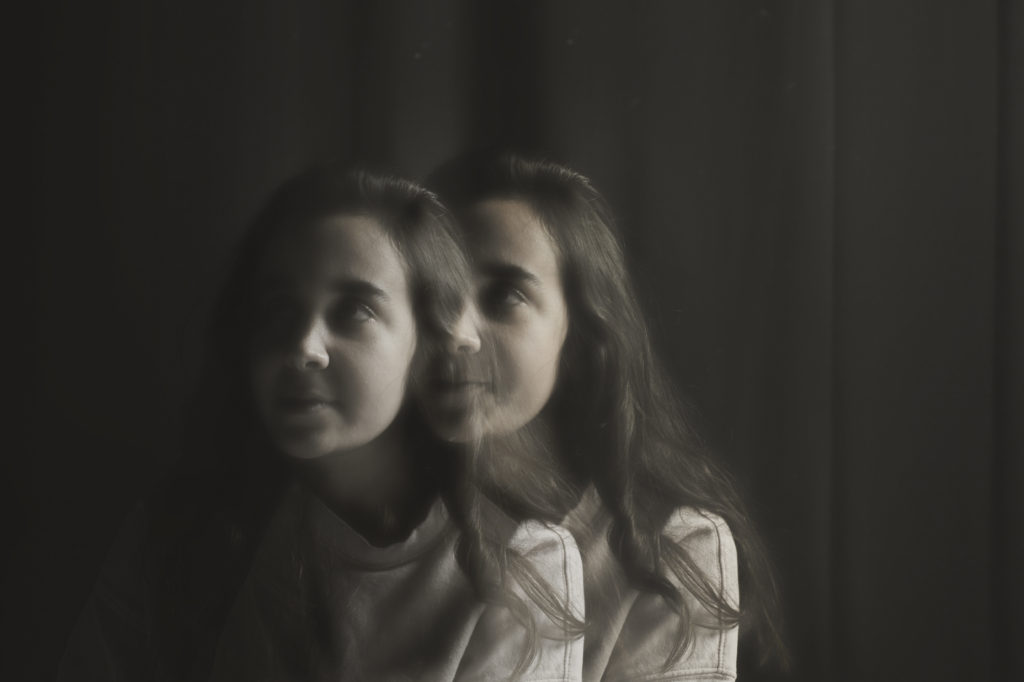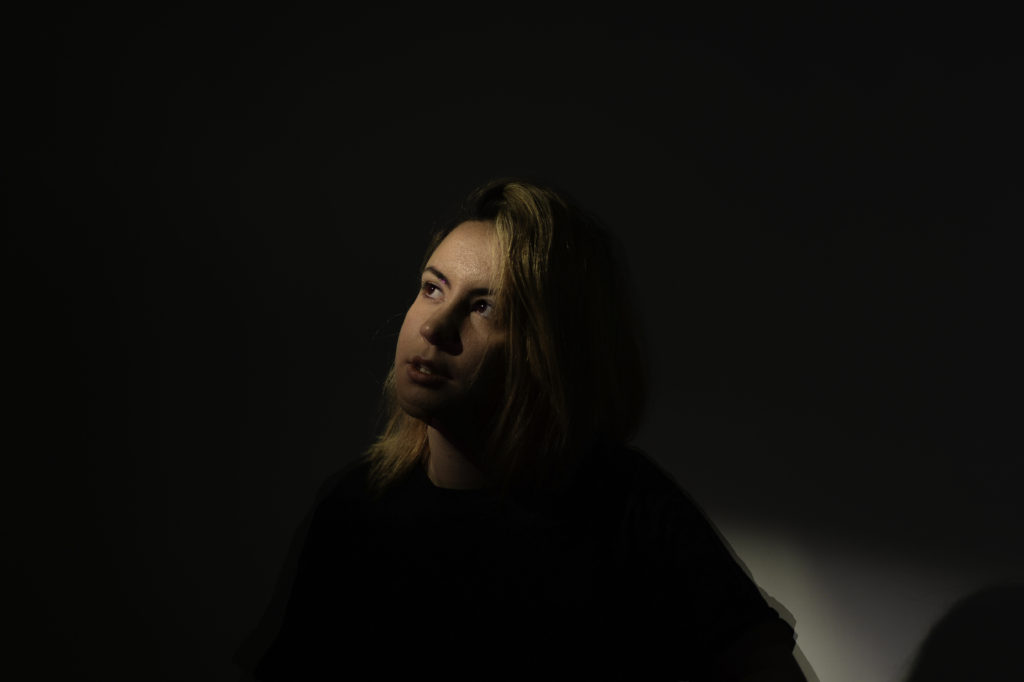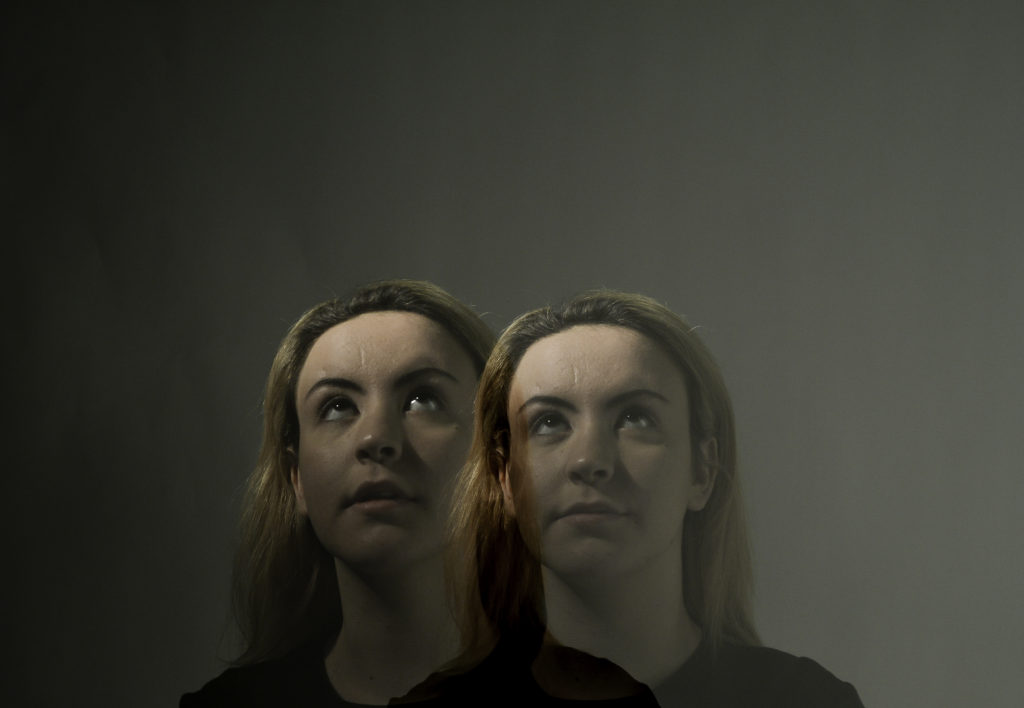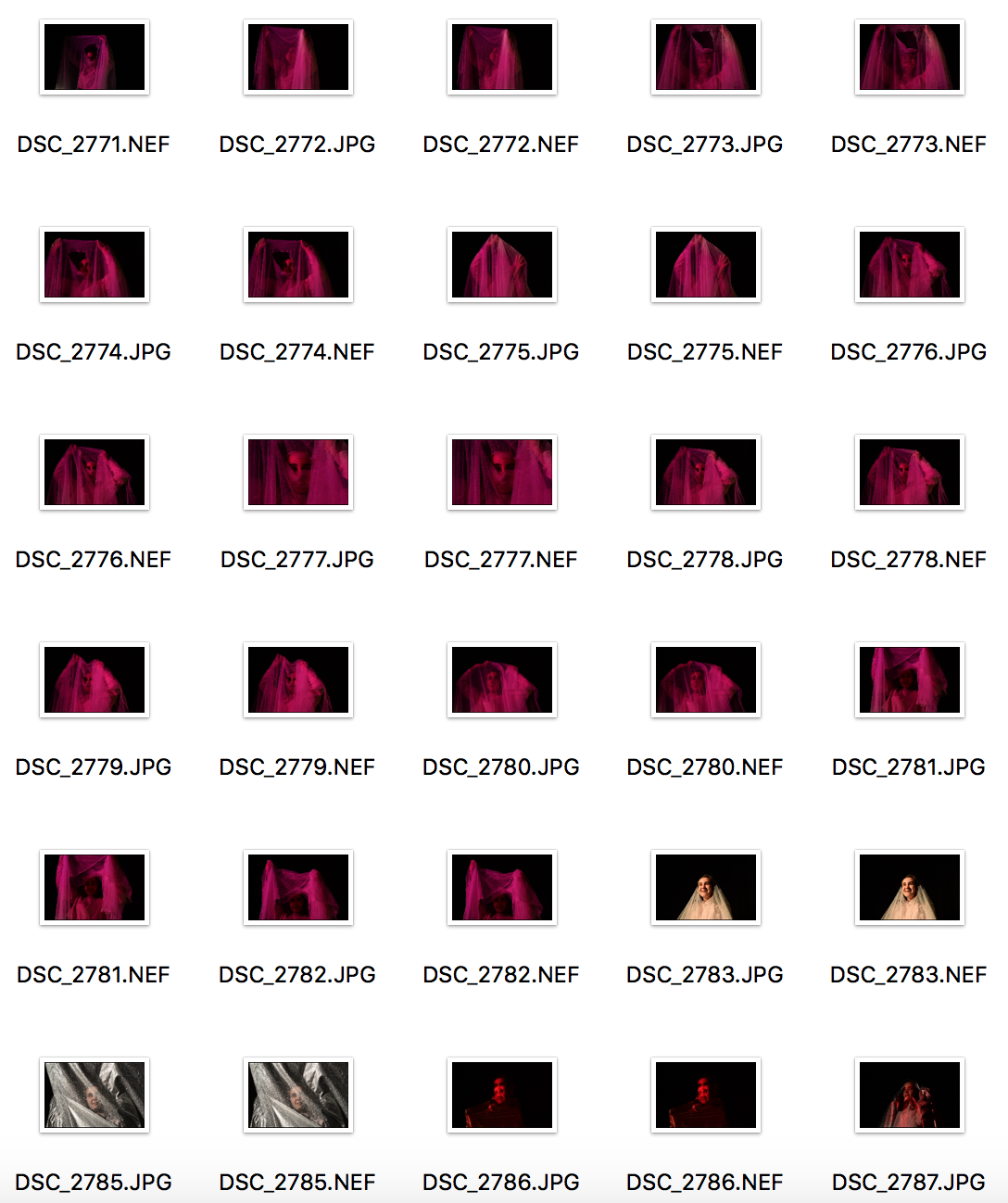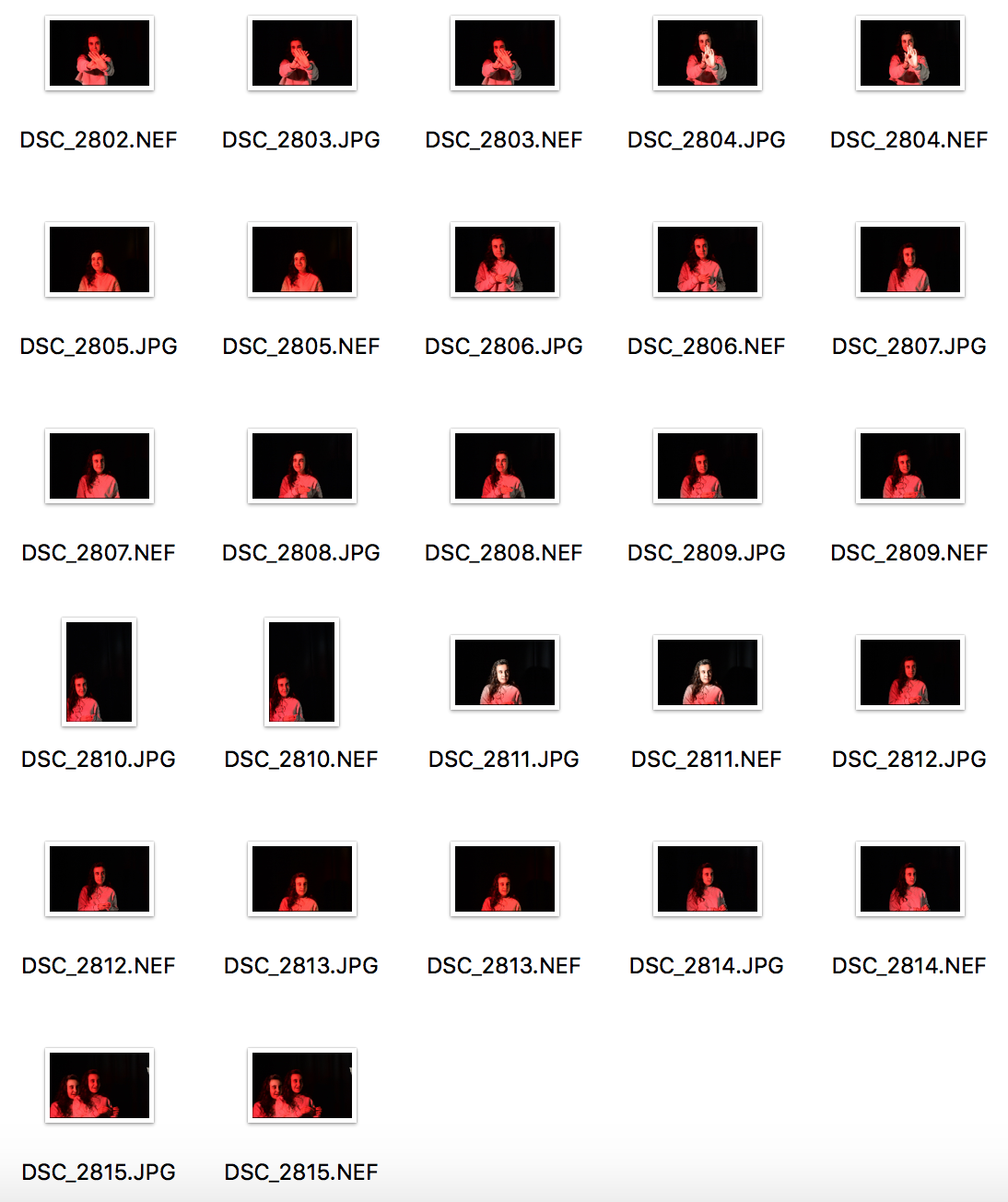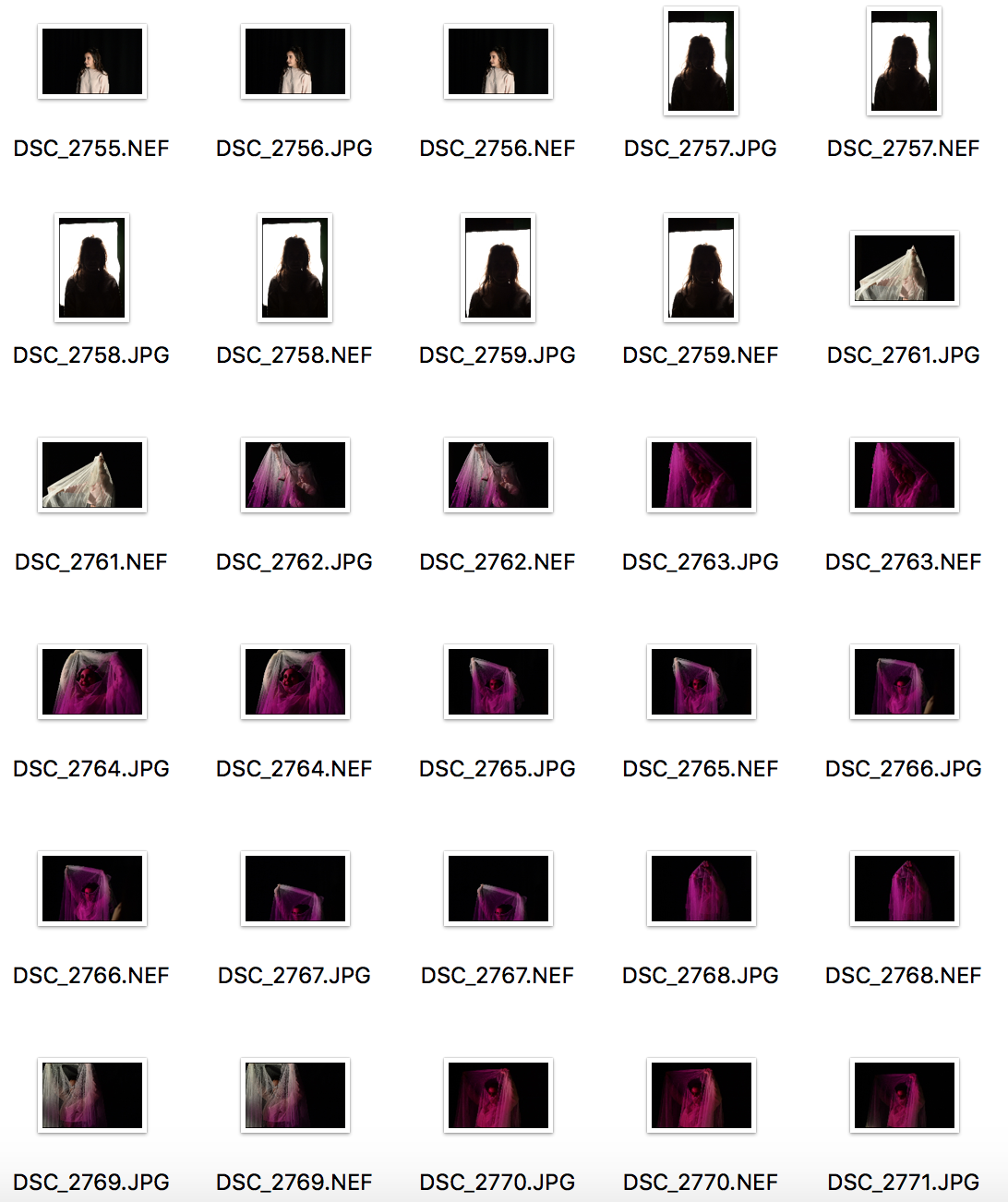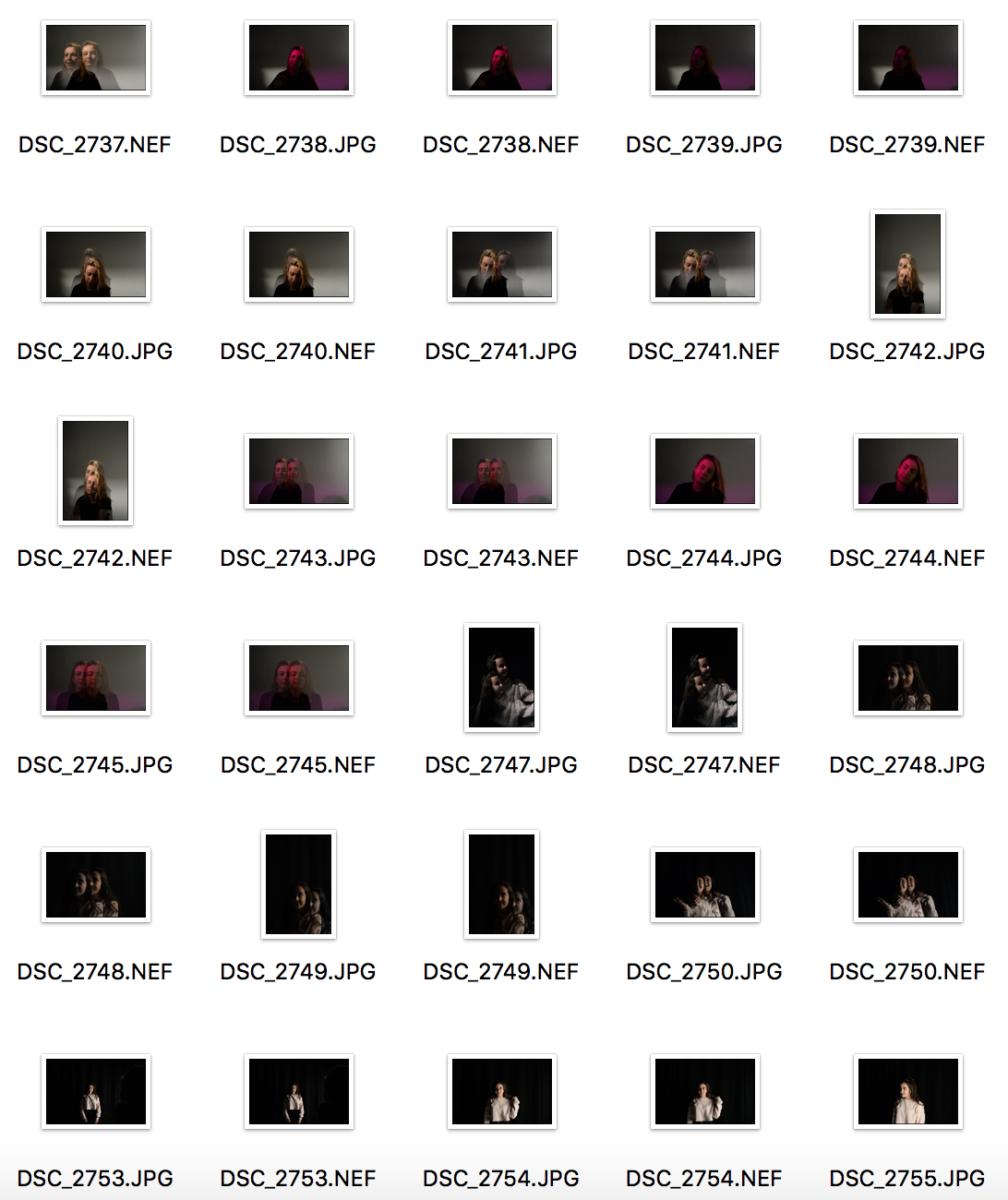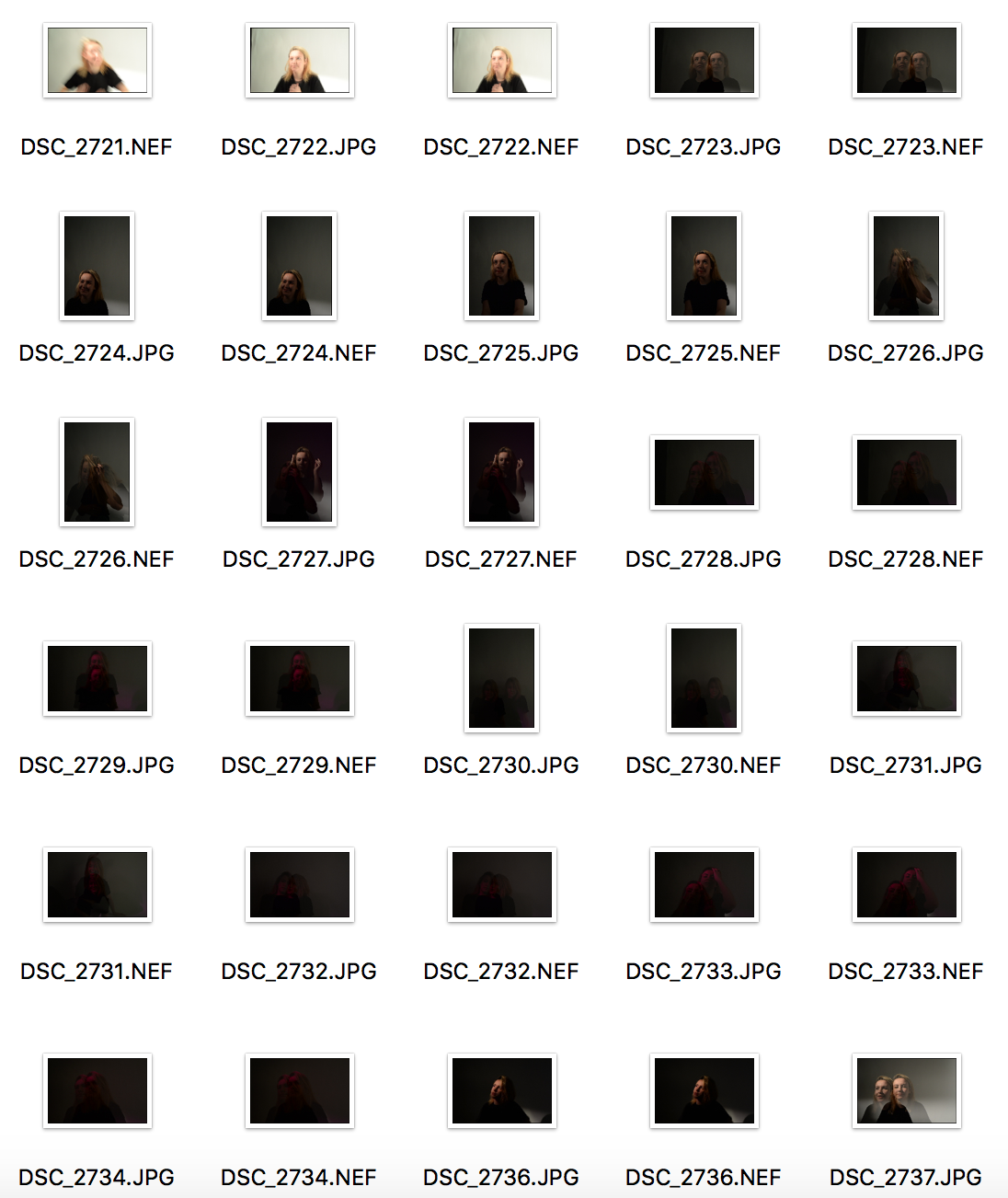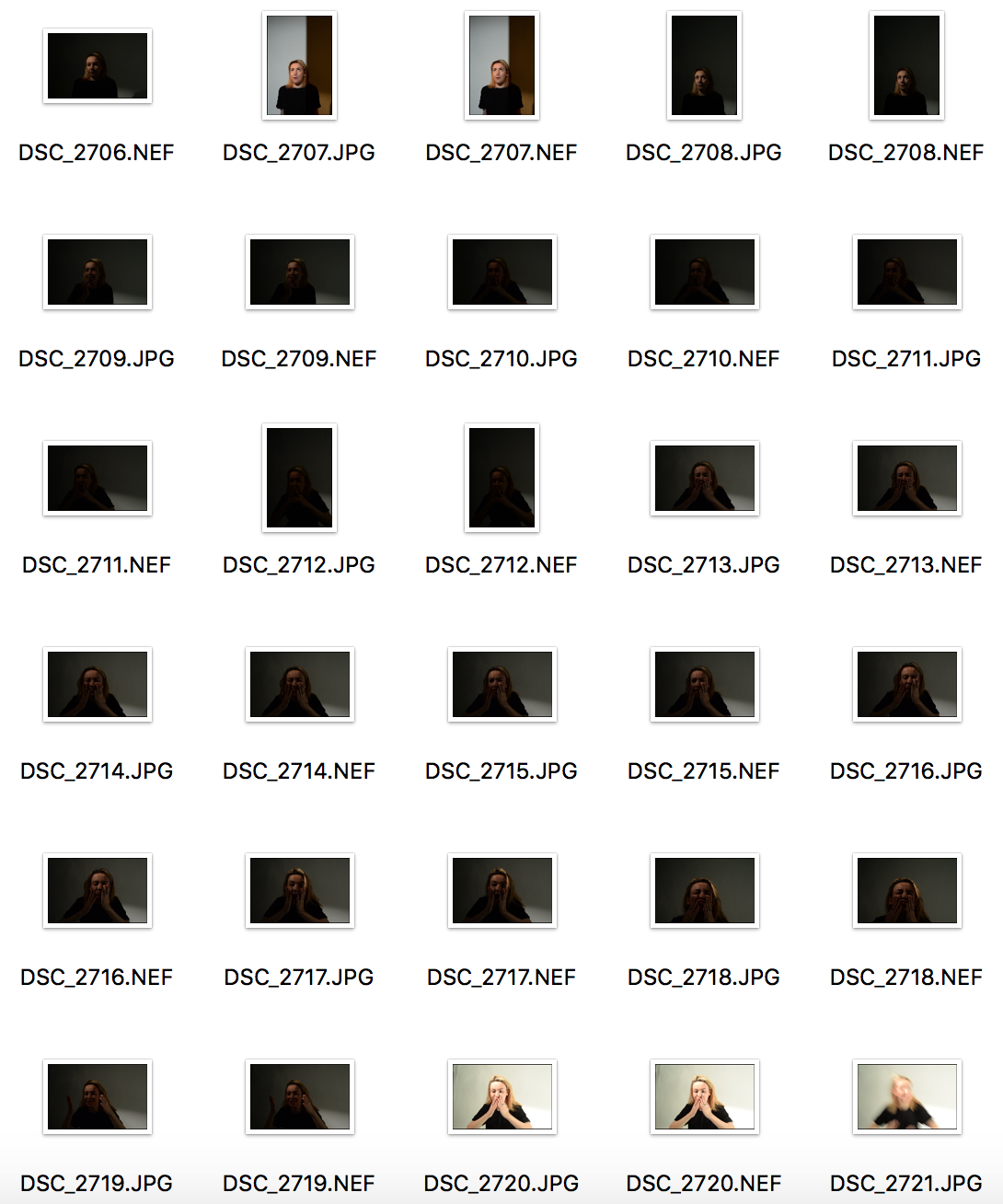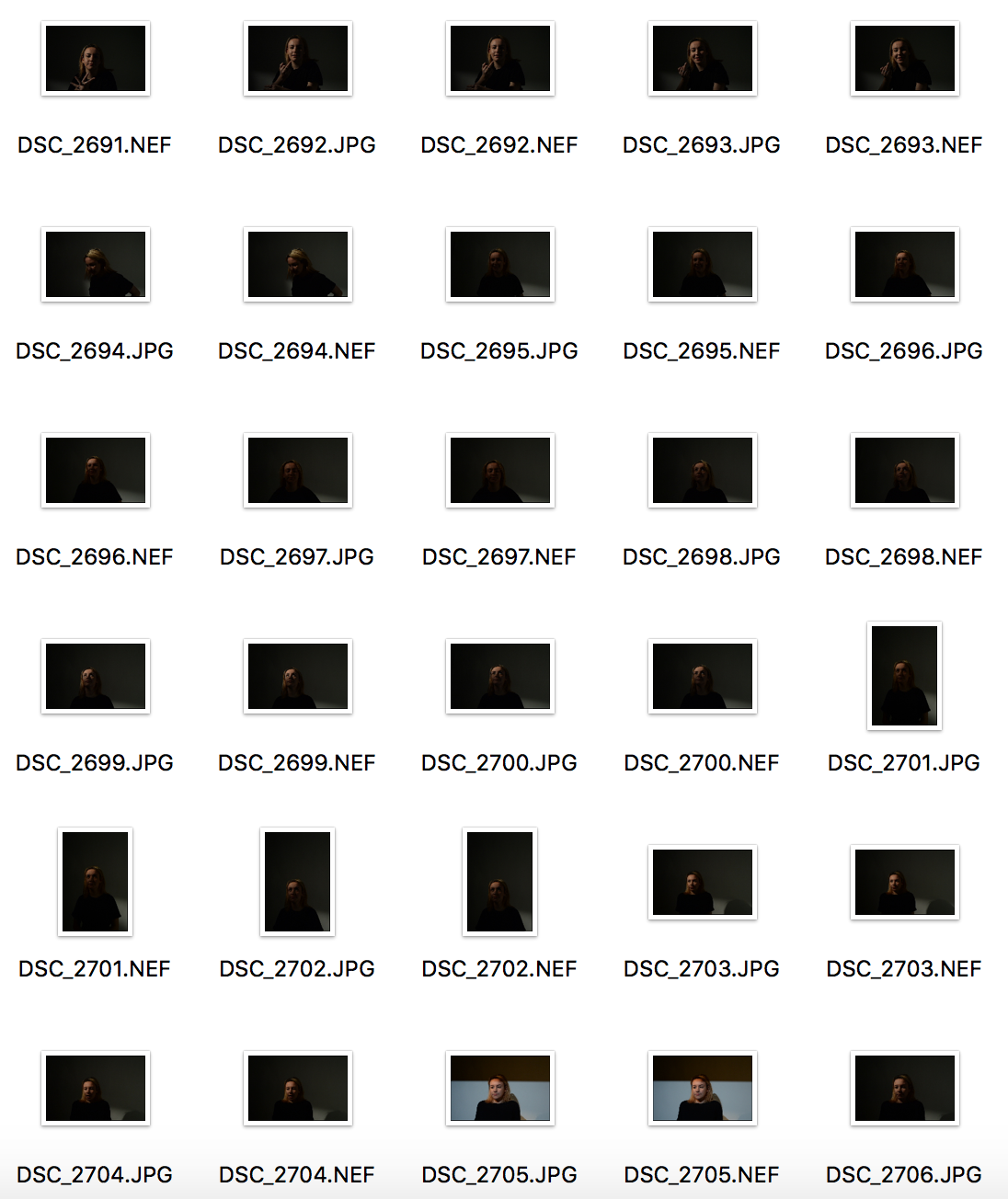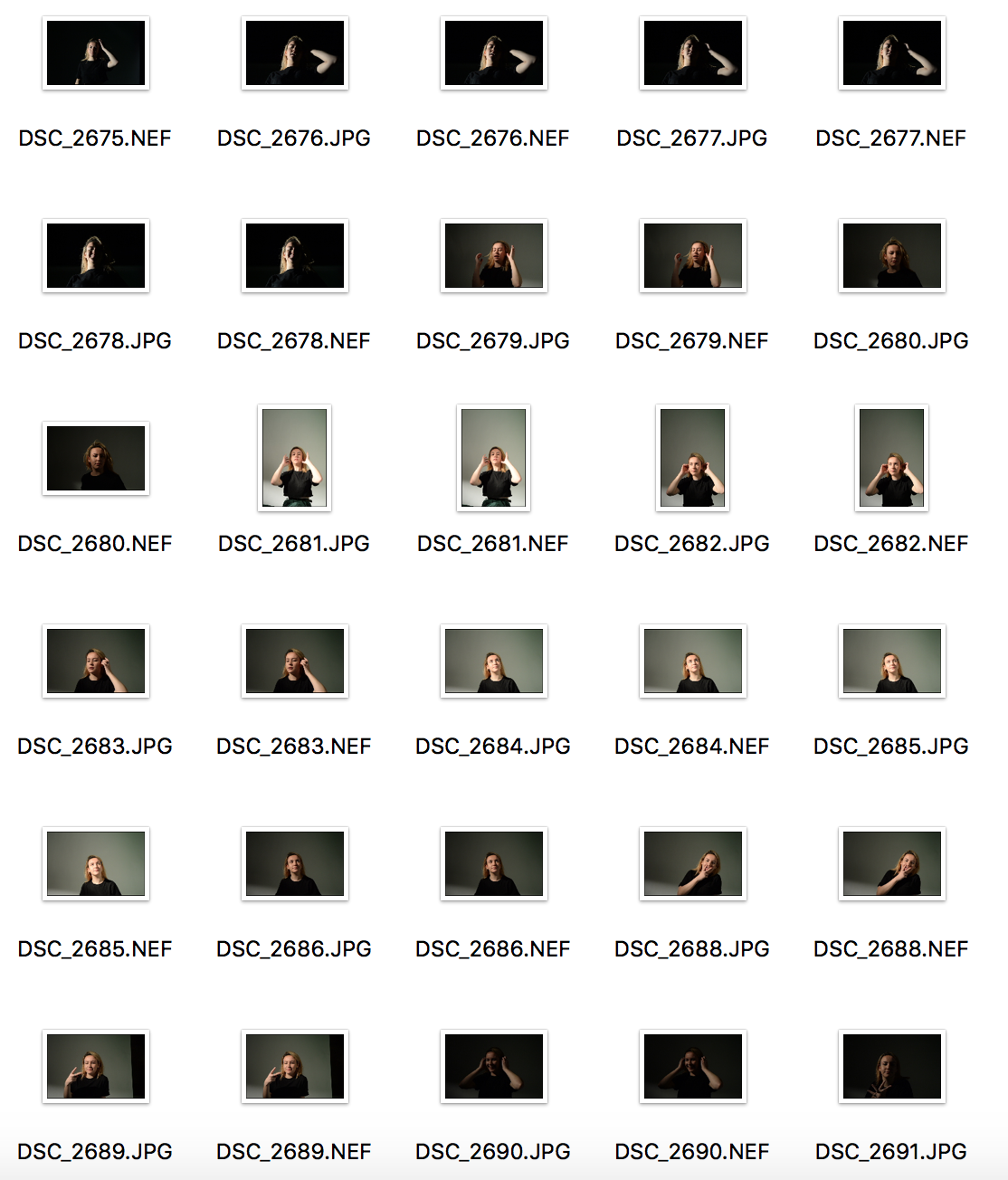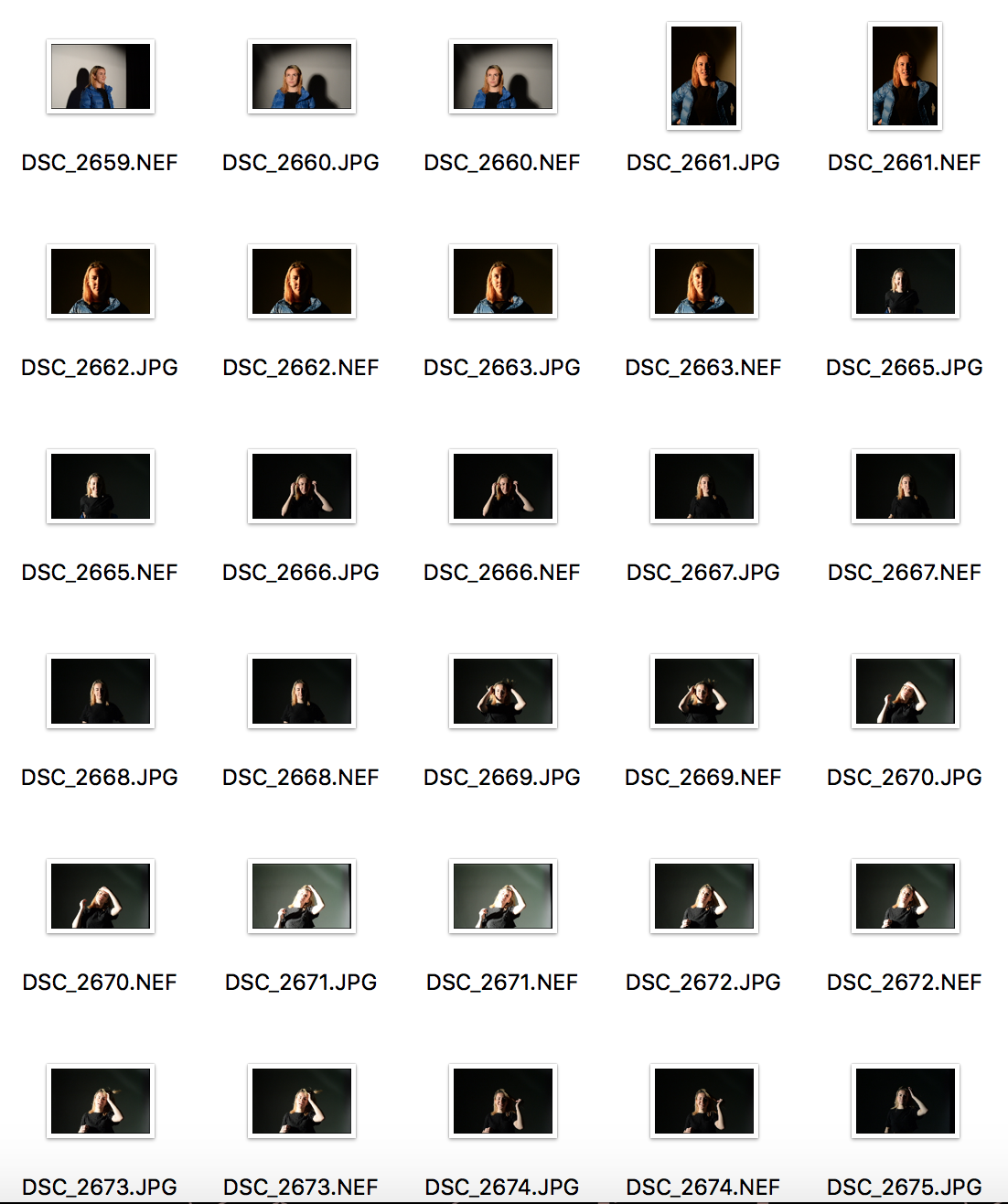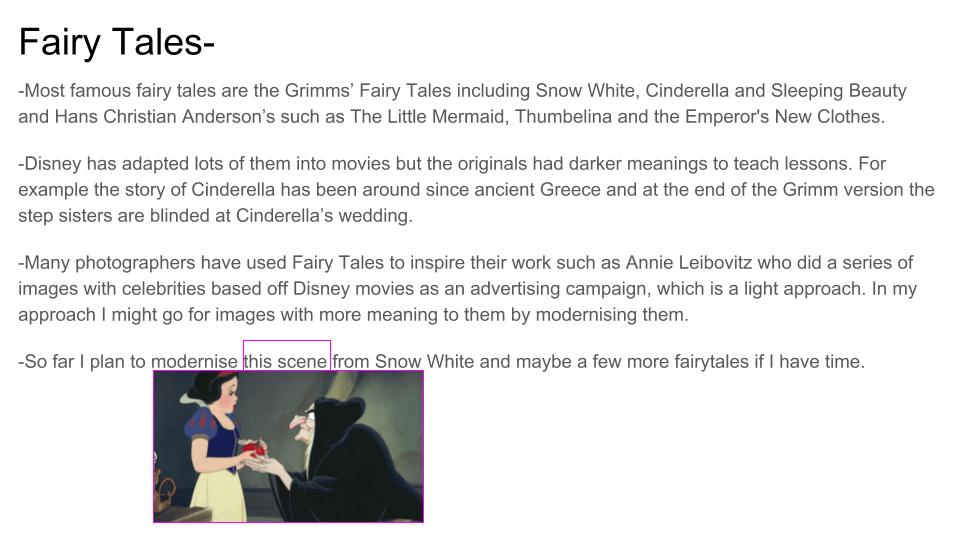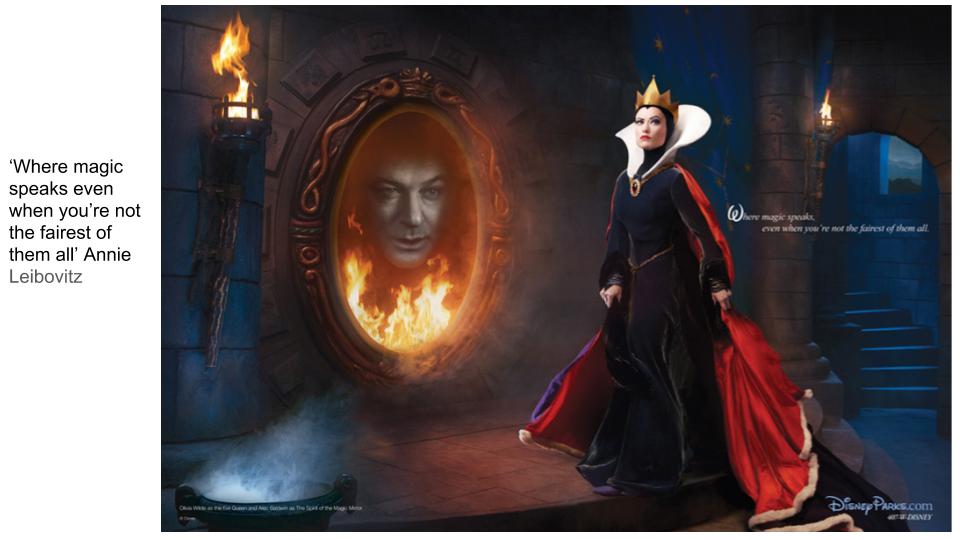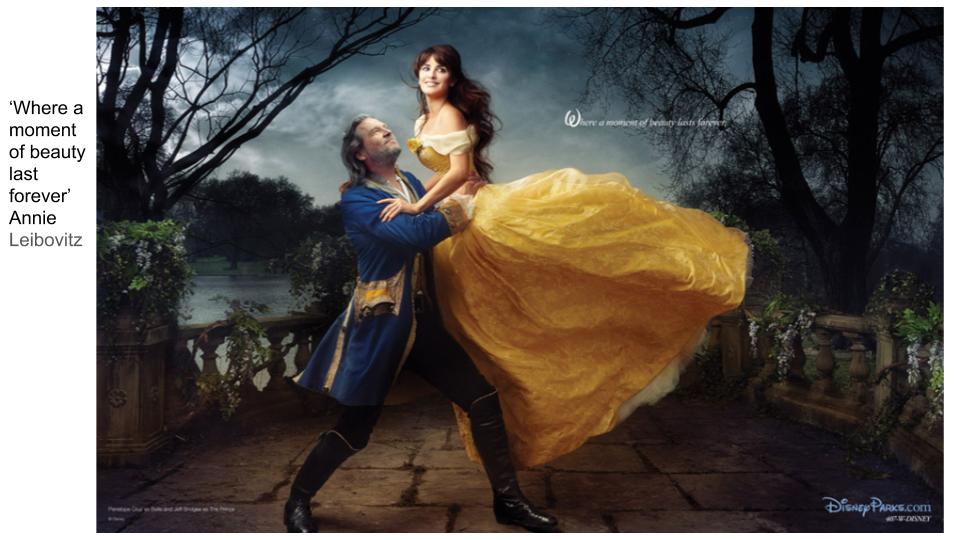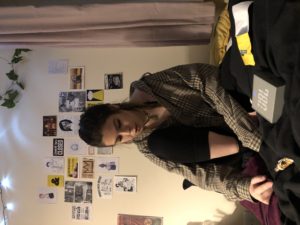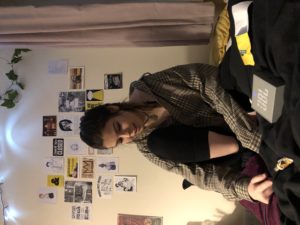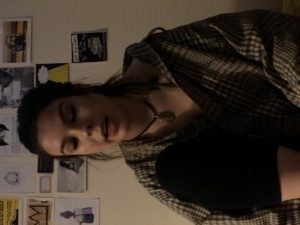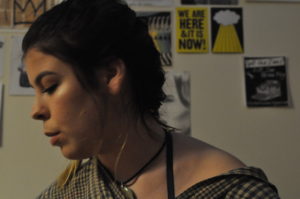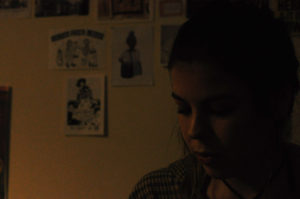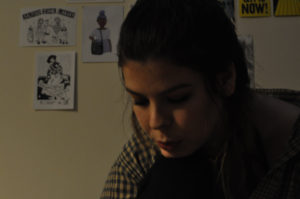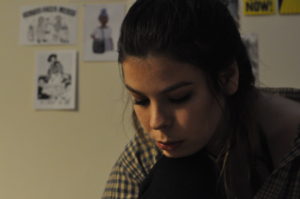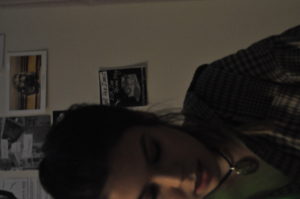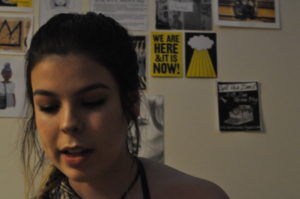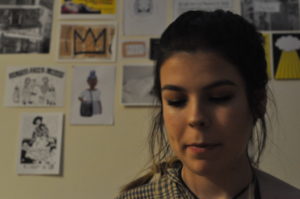EXPLORING TABLEAUX/STAGED REALITY PART 2
In this part of the project I focused mainly on staged reality, as I was re creating these paintings
These 3 images are the ones we chose as a class to explore as they were some of our favorites. We chose these images due to the different angles of lighting within the images and the angle the photo has been taken from. The meaning behind these images is strong.
 Eugene Delacroix ‘Leading the People’
Eugene Delacroix ‘Leading the People’
 Carravagio ‘Deposition’
Carravagio ‘Deposition’
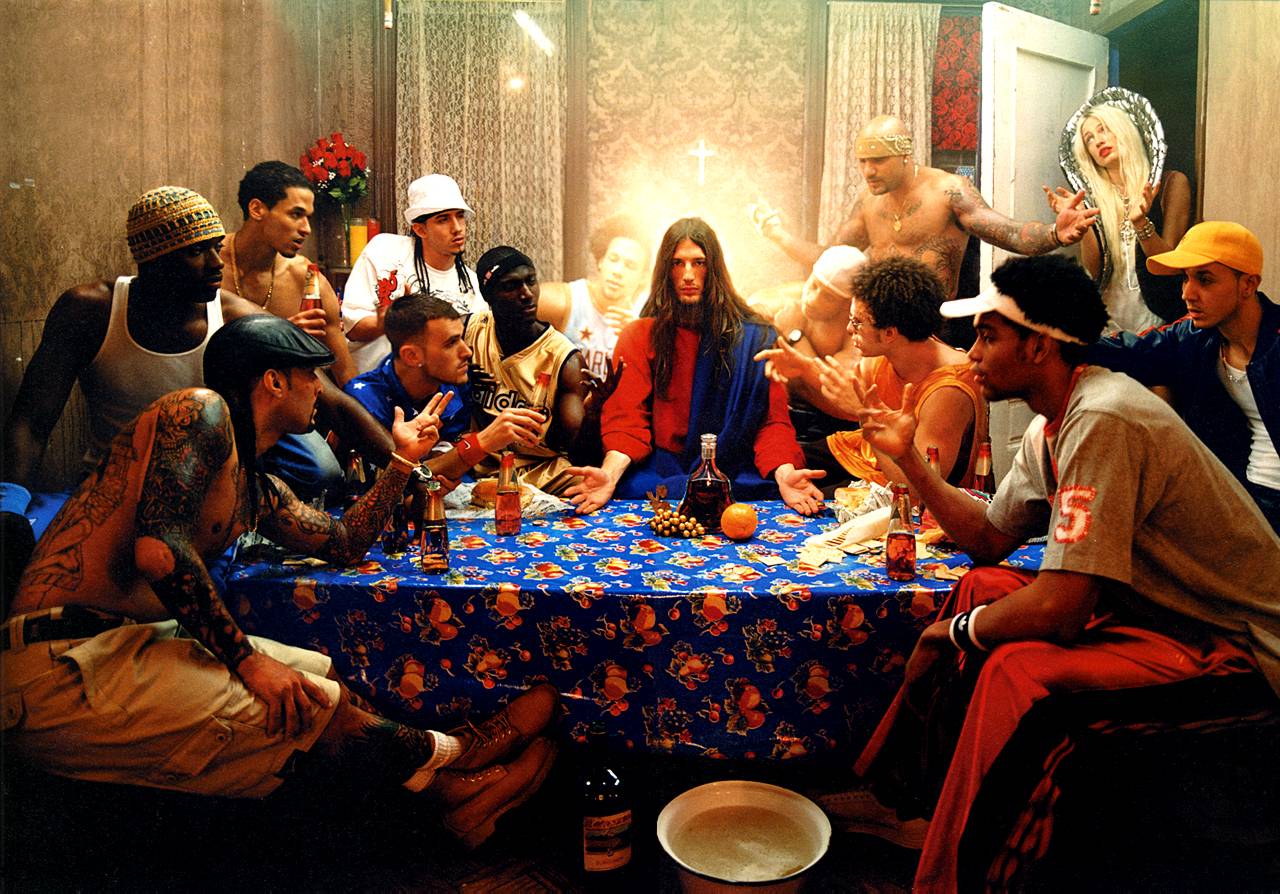 David La Chapelle ‘The Last Supper’
David La Chapelle ‘The Last Supper’
MY RESPONSE;
When taking these photos, we had an allocated director, photographer and lighting person, along with the cast of the image. The director was there to order the photo, in order to get out image as close to the one we were copying. It took many tries to get a good image because there was many people to order and the lighting had to be perfect, along with the photographer getting their settings correct to make sure the photo looked sharp and clean.
This photo is my favorite response from experimenting with Caravaggio’s photo ‘Deposition’. As I feel that the characters are in the right place and the image is sharp. We added our own twist on this image, by dressing the person being held in a gorilla suit, just to make it more creative and give it our own feel. 
When photographing the ‘Leading the People’ by Eugene Delacriox, we struggled getting the lighting in the right places to highlight the right parts of the image. I chose to show these two images from this shoot, because the first one has the lighting in the right place, but the whole frame wasn’t shot. Whereas in the second photo you can see the whole frame with acceptance of the flooring slighting in the photo, but that could easily be edited out. 
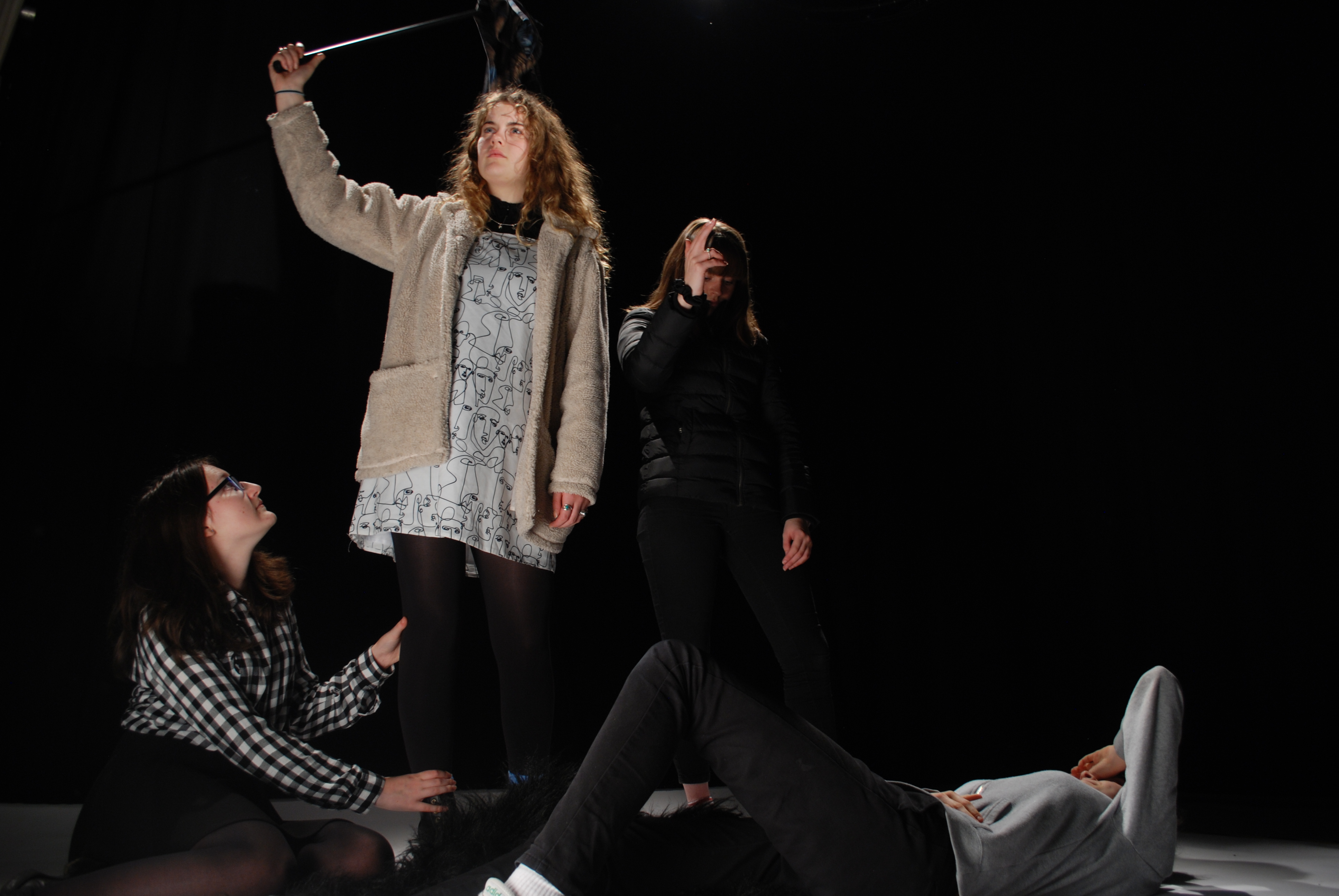
The final shoot we did was to reenact the image by David La Chapelle, ‘The Last Supper’. When photographing this image I was in charge of the lighting, I had to have a light in front of the set up and also one from behind to create the type of lighting that was created in the original.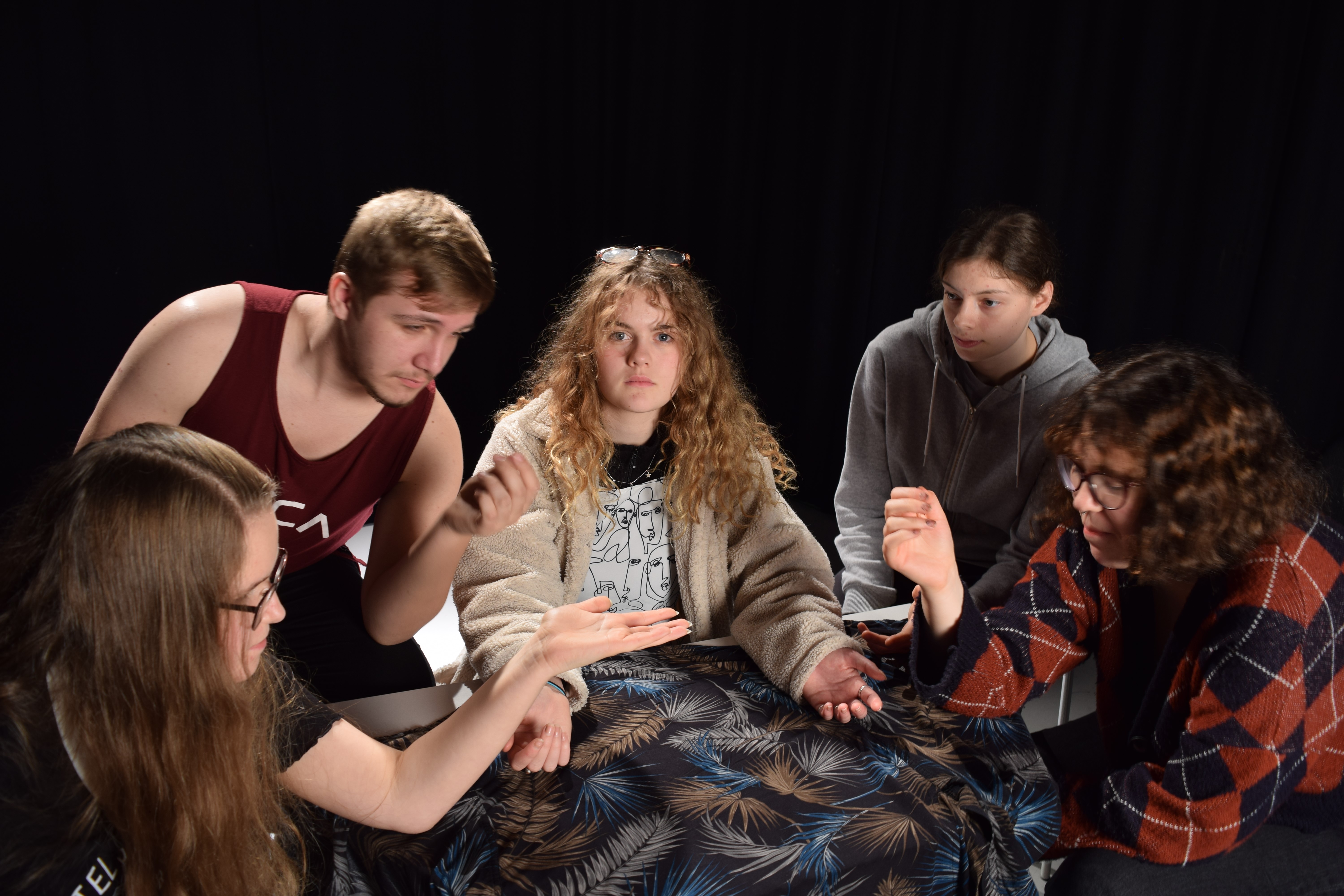
EVALUATION
During this second part of investigating tableaux/staged reality we had to set up the people as they photo had theirs set up, we also had to get the correct lighting to make the photo look something like the original. I found staged reality very difficult because, I like being able to have freedom to change things and set things how I want, whereas in this part we had to follow an image. In staged reality and tableaux there isn’t room for you to do what you like and have the ability to be creative. It was frustrating as it took a while to get characters in the right place and then along with the lighting, it was too boring.
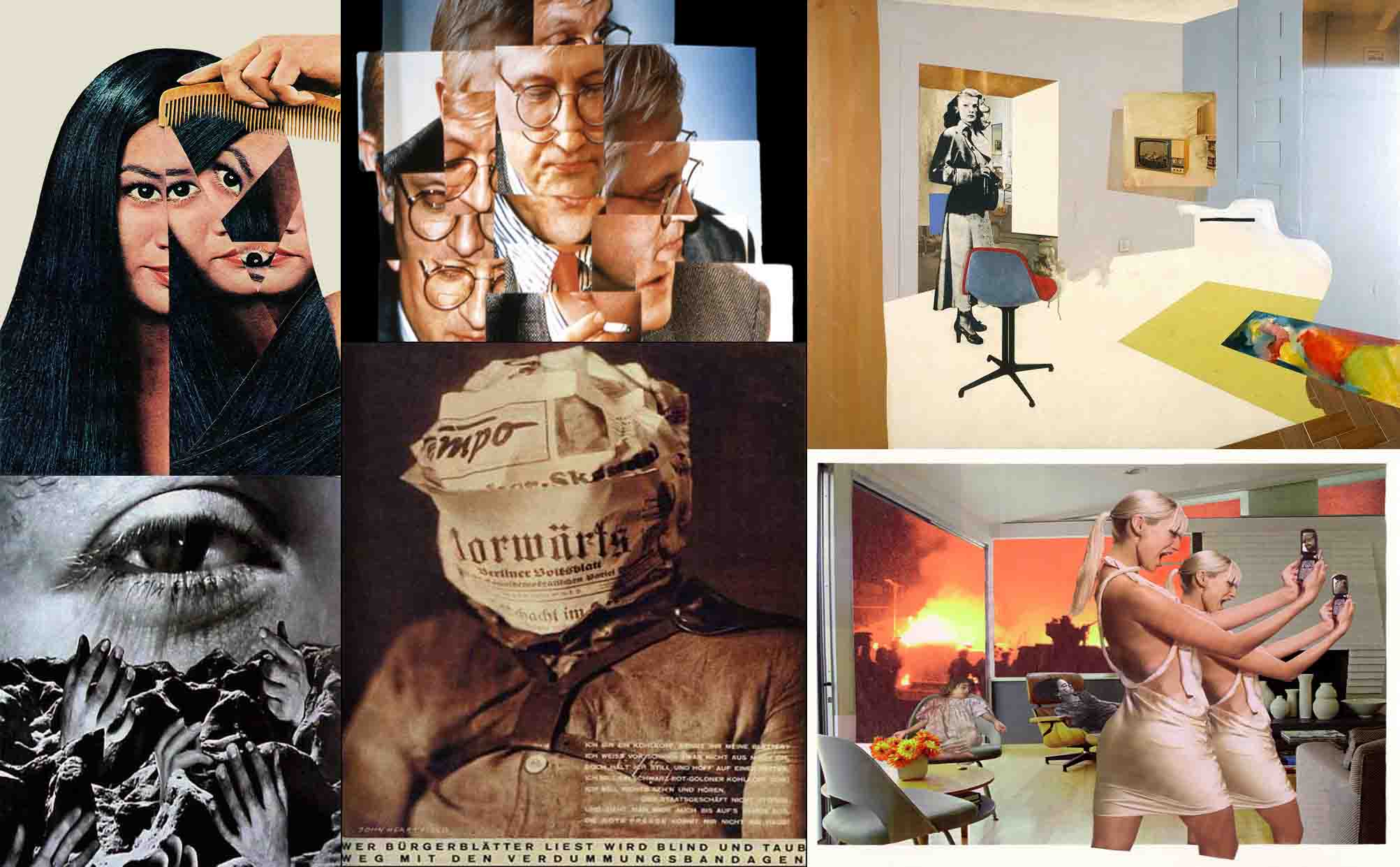
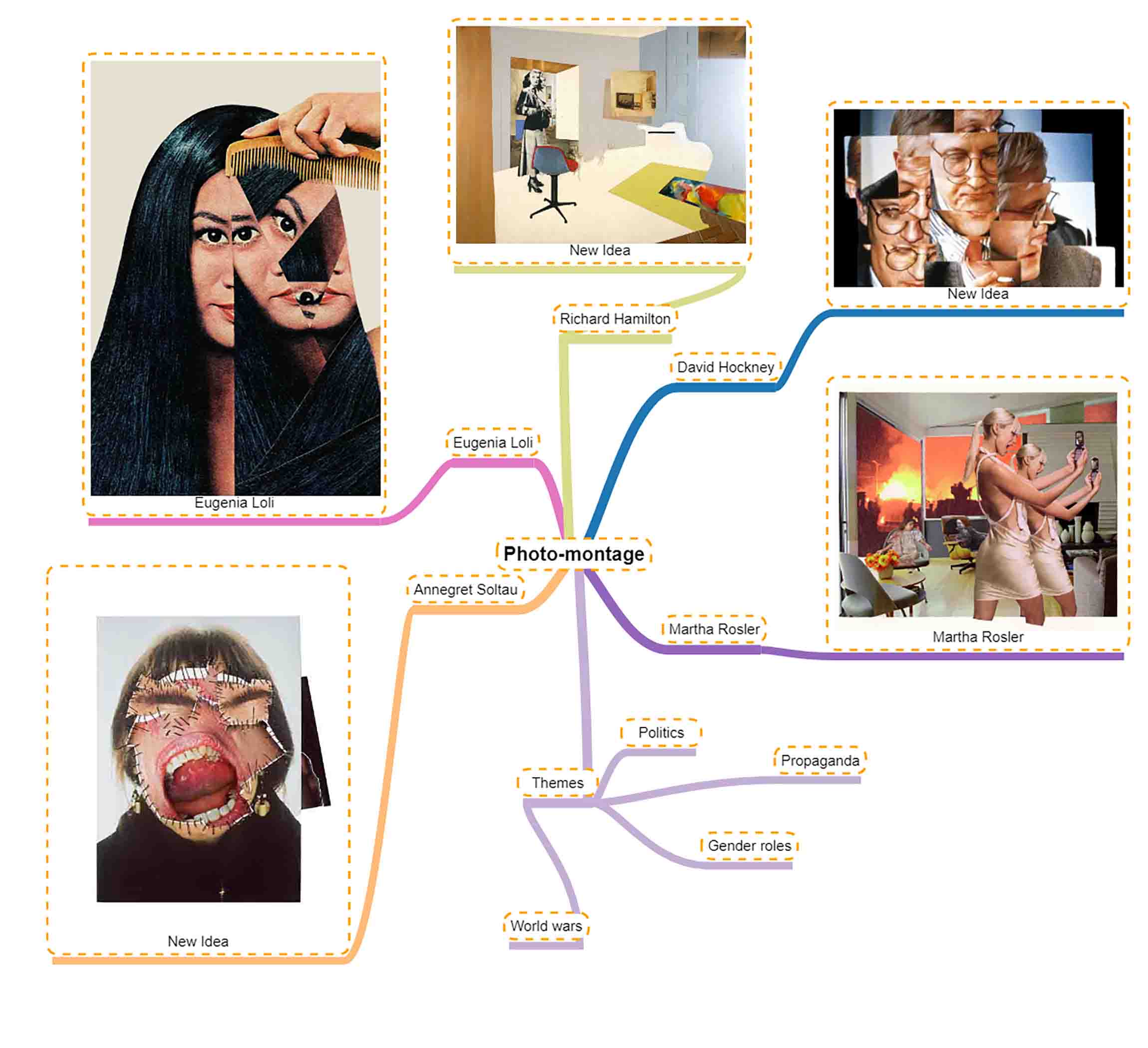




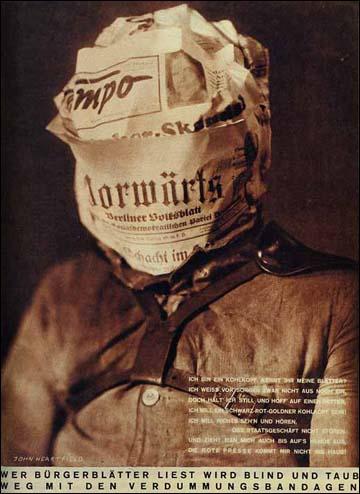







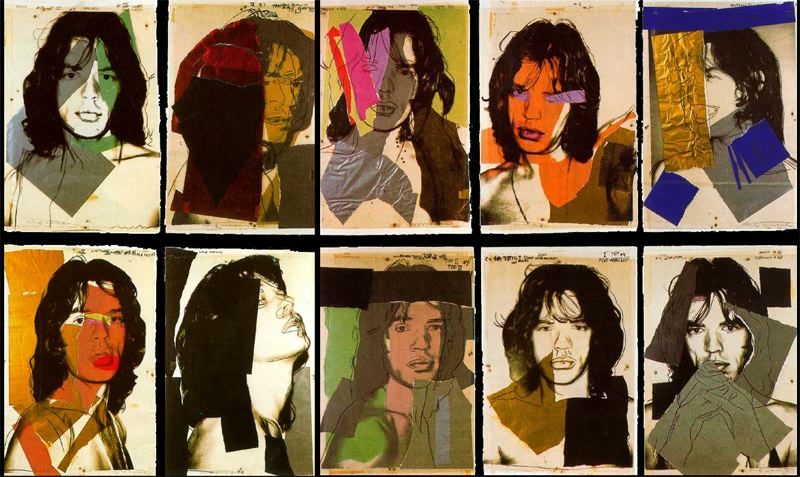





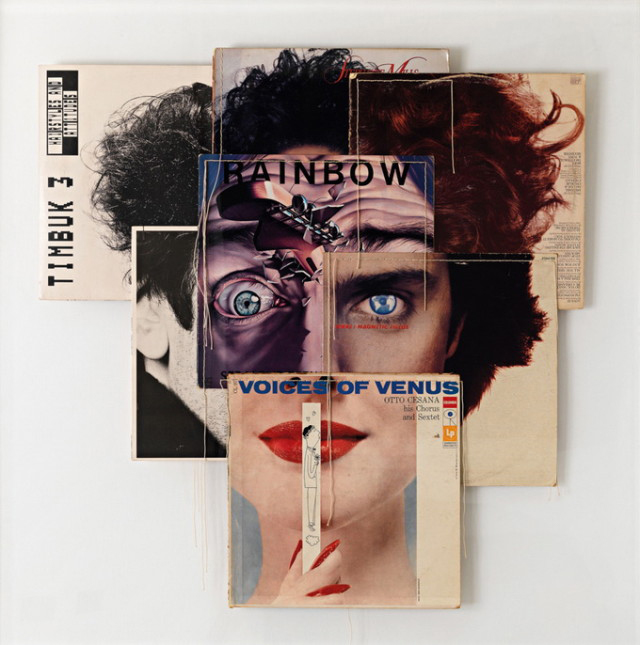

.jpg)






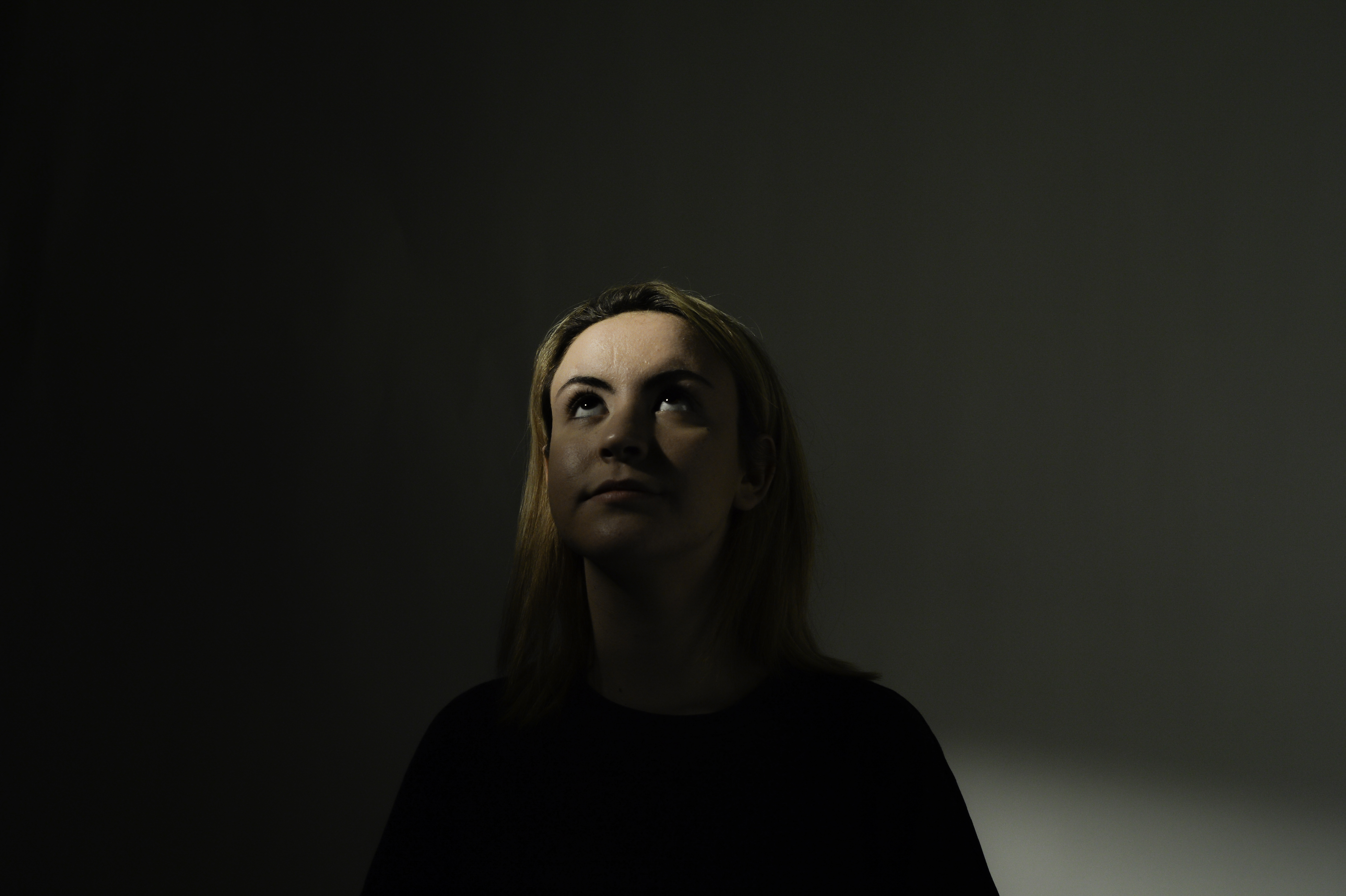
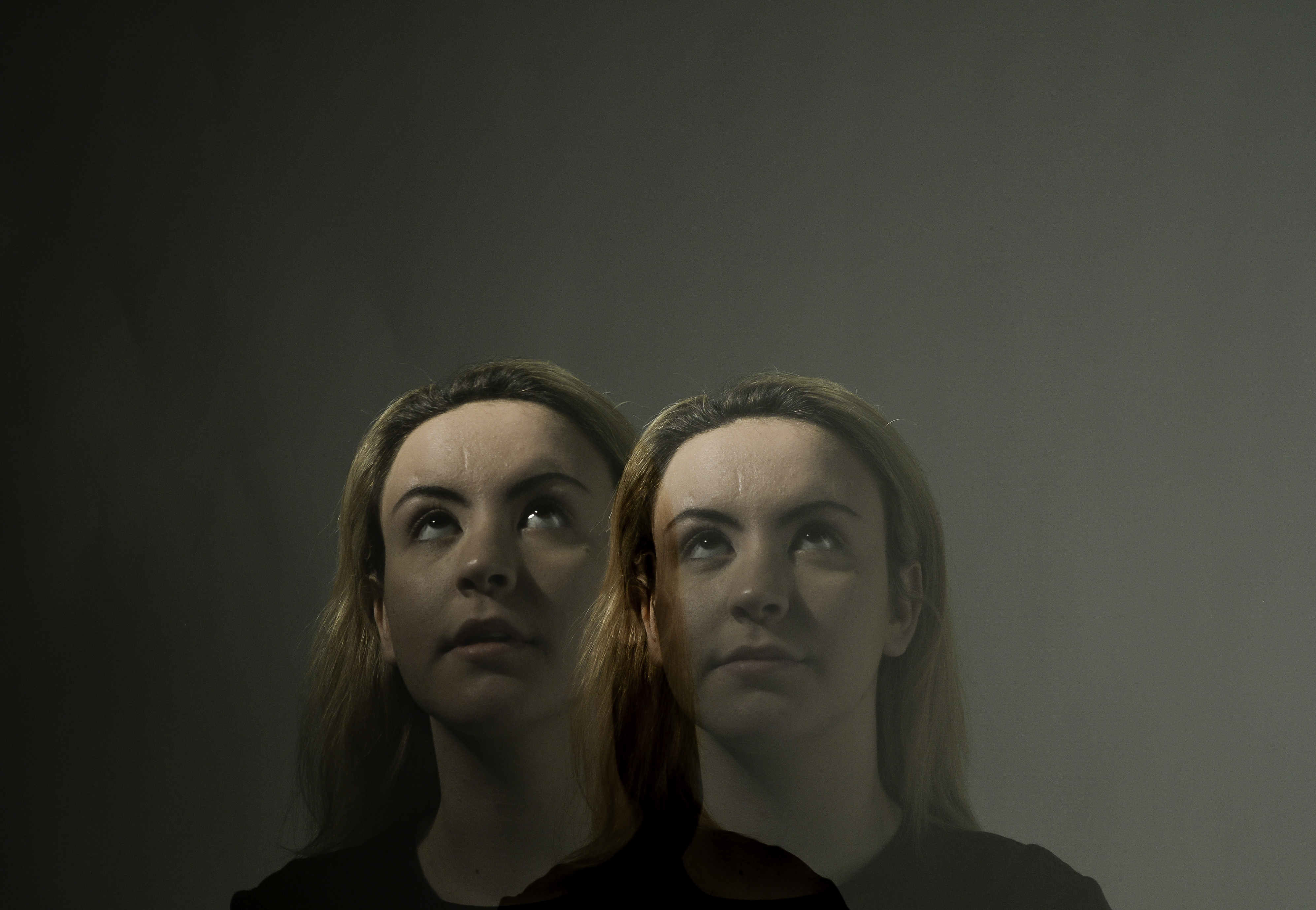

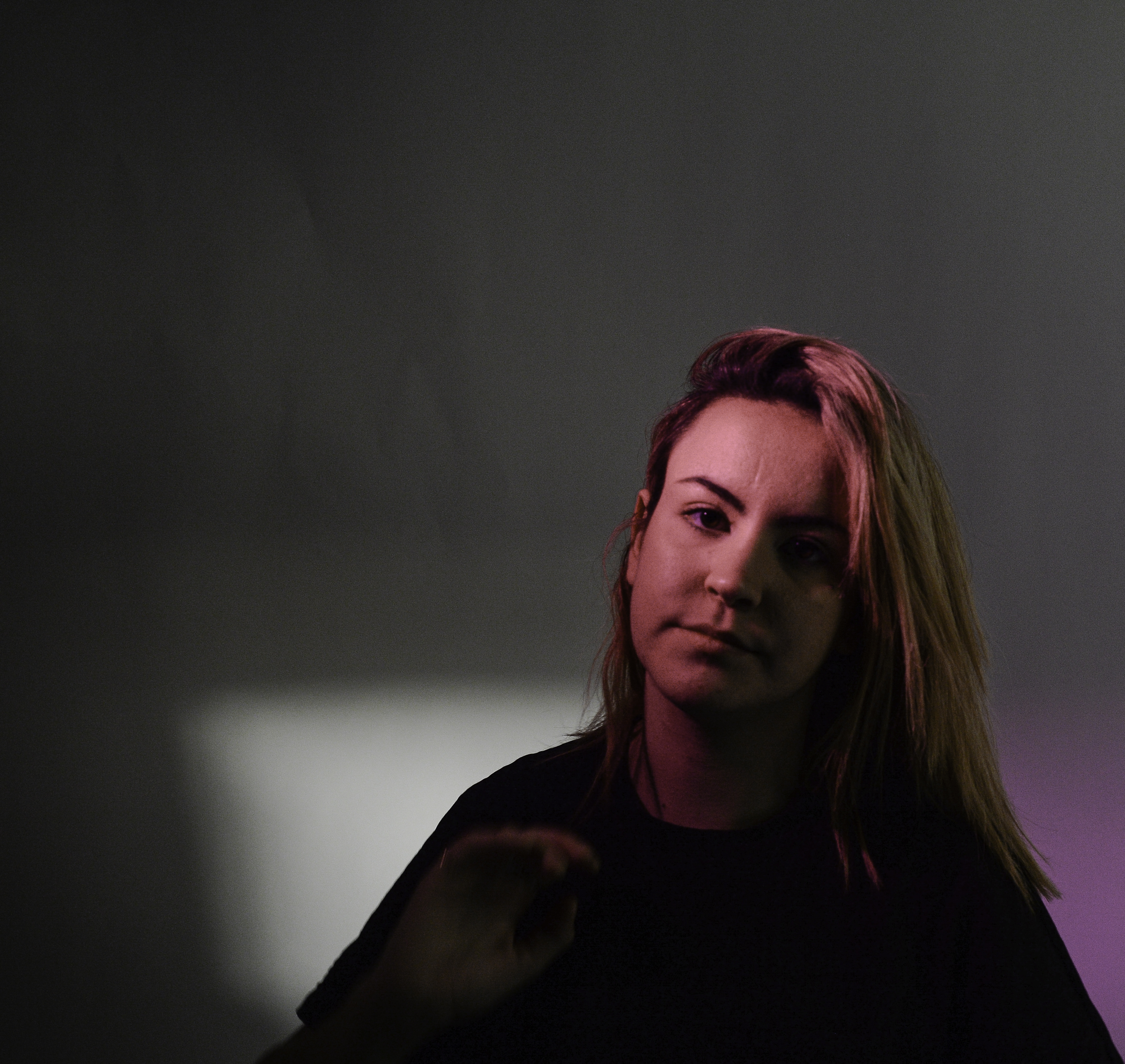
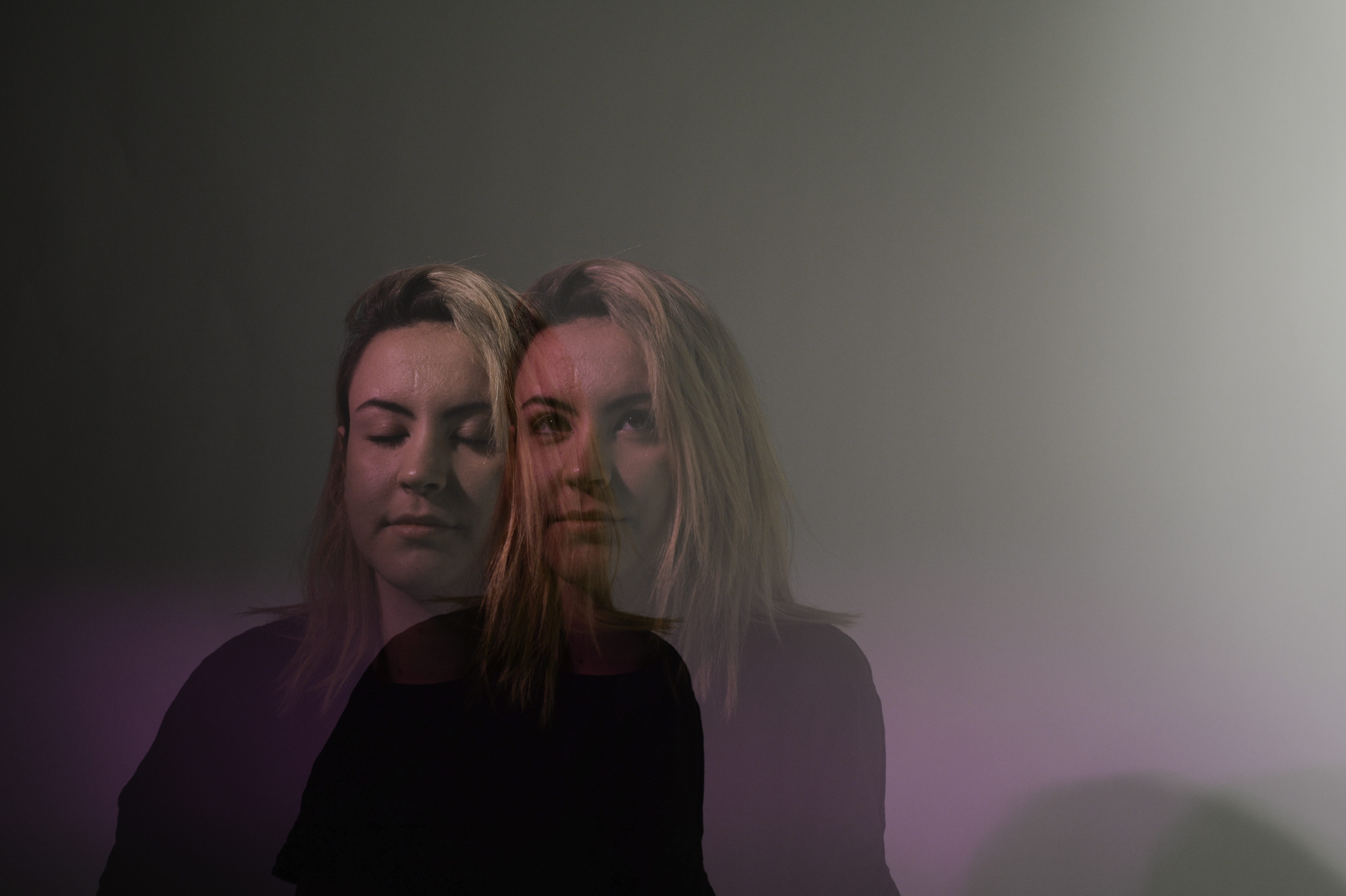
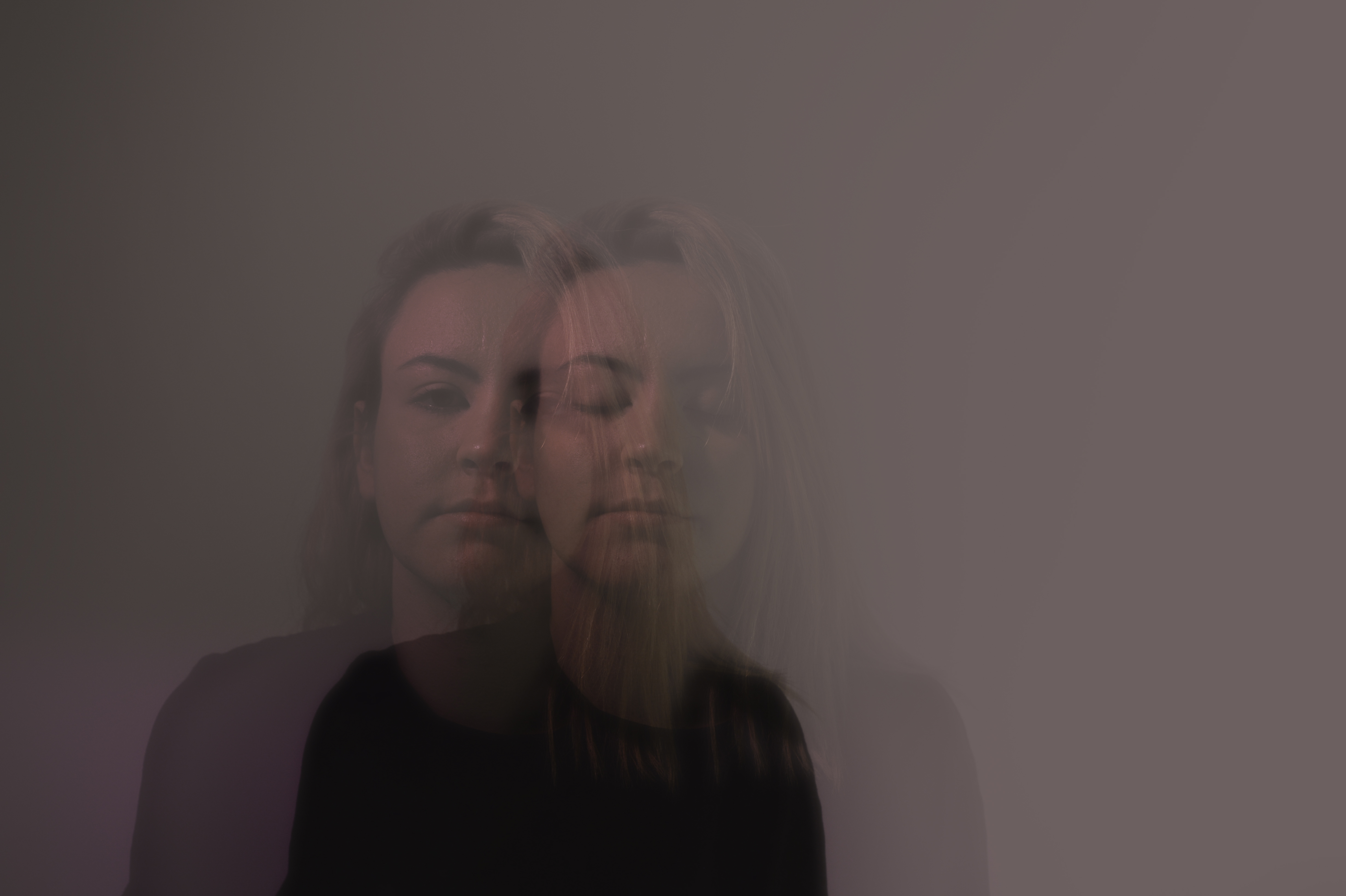

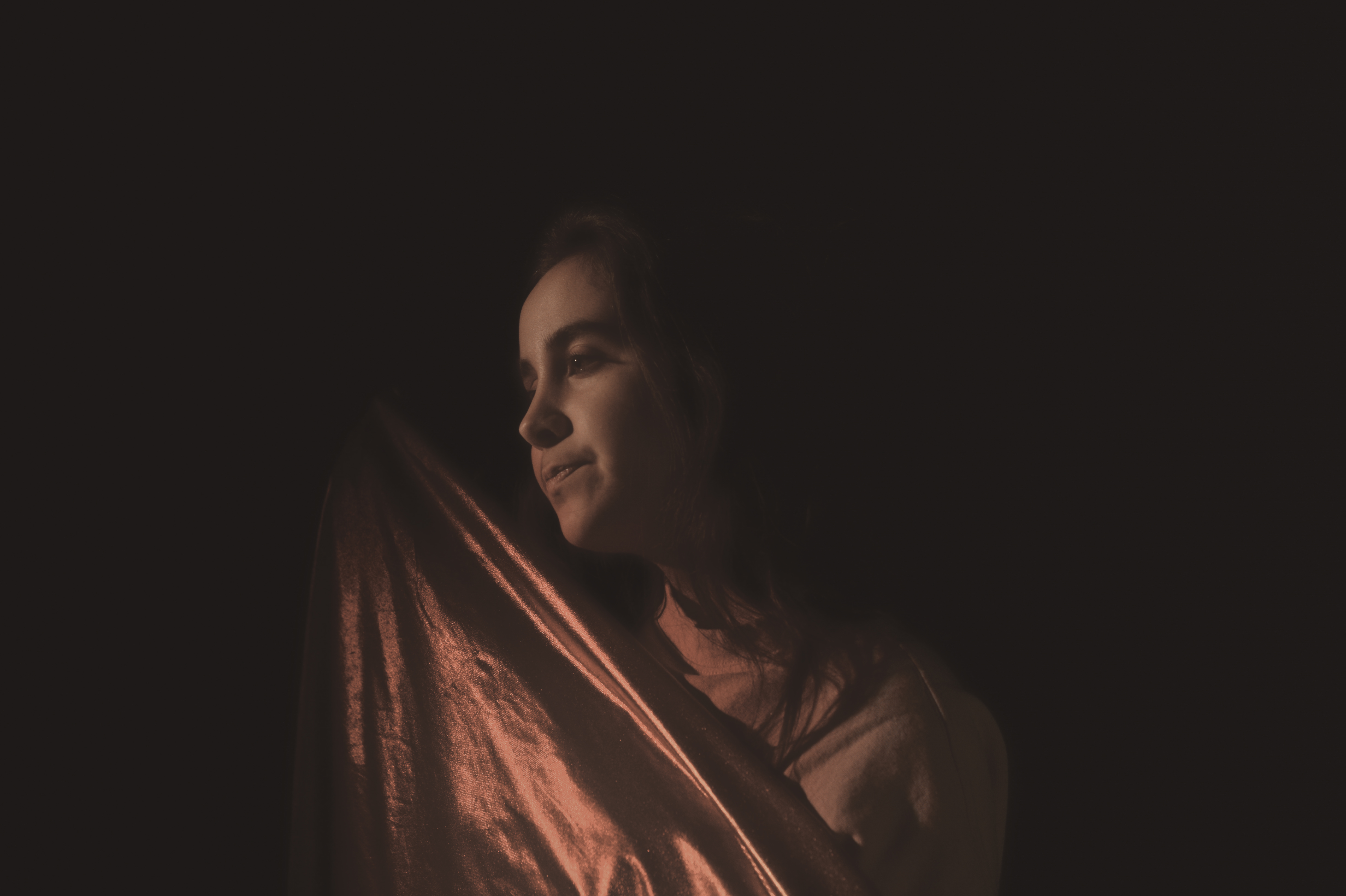
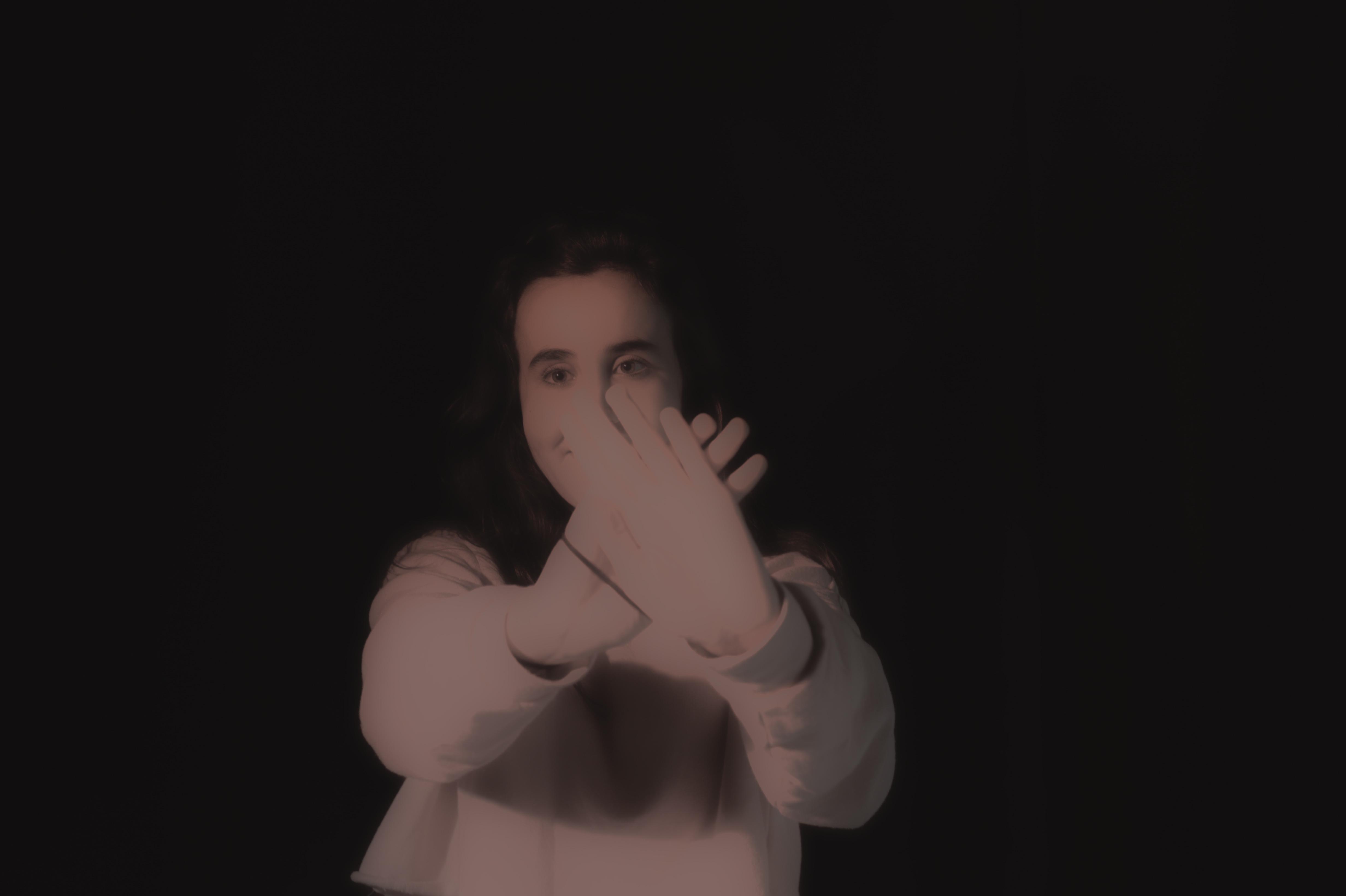

 Eugene Delacroix ‘Leading the People’
Eugene Delacroix ‘Leading the People’ Carravagio ‘Deposition’
Carravagio ‘Deposition’ David La Chapelle ‘The Last Supper’
David La Chapelle ‘The Last Supper’



